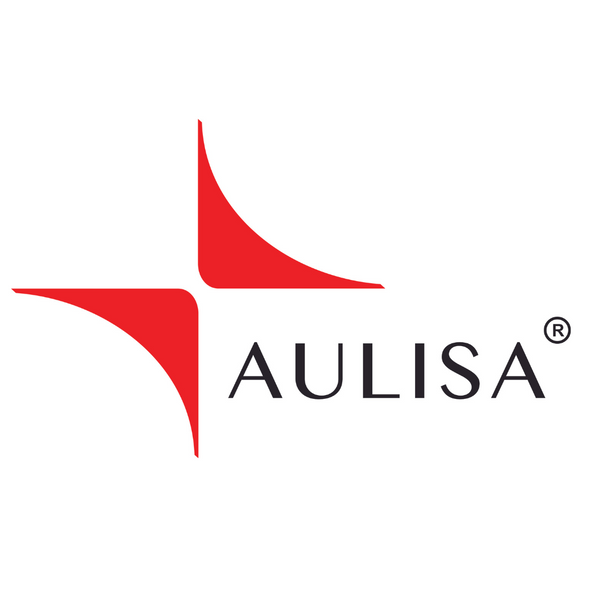When Ari’s parents finally brought her home after a week in the NICU, every small cough felt like a crisis. They were told to “keep an eye on her color” and “call if anything seems off”—instructions that sound simple, but offer little comfort at two in the morning. Their worry reflects a larger clinical reality: infant vital signs can change in seconds, yet most home-care routines still depend on occasional spot checks or consumer devices that sample too slowly to support timely intervention.
The Guardian Angel® GA1001 Lite Plus with Remote Gateway System was designed to close that gap. Unlike traditional baby monitors—or even many older hospital devices—the Guardian Angel® GA1001 Lite Plus with Remote Gateway System captures oxygen saturation (SpO₂) and pulse rate every second, streaming the data over secure Wi-Fi to authorized phones, tablets, or workstations. Its Bluetooth-to-Wi-Fi gateway ensures stable, uninterrupted signals, so clinicians and parents receive the same real-time feed whether they’re across the ward or across town.
For fragile infants, a drop in SpO₂ from 96 to 85 percent can happen in less than a minute. If a system samples every five minutes—or only when someone remembers to check—the event is already over by the time anyone notices. With the Guardian Angel® GA1001 Lite Plus with Remote Gateway System, every second is a data point that can trigger a custom alarm. That level of detail not only supports evidence-based care but also helps prevent silent hypoxic episodes that may otherwise lead to emergency readmissions.
Hand-offs between providers are often the most vulnerable moments in a child’s care. The Guardian Angel® GA1001 Lite Plus with Remote Gateway System helps prevent vital details from slipping through the cracks. Because the system allows unlimited caregiver access, neonatologists, nurses, respiratory therapists, and parents all see the same dashboard. Everyone is aligned, and everyone has confidence in the numbers. The platform is cloud-based, HIPAA-compliant, and FDA-cleared as a medical-grade pulse oximeter—an important distinction from consumer wearables.
Alarm fatigue is a daily challenge in neonatal and pediatric care. The Guardian Angel® GA1001 Lite Plus with Remote Gateway System reduces unnecessary disruptions with customizable thresholds and dual visual-audio alerts. The result is fewer false alarms, while clinically significant changes still demand attention.
Parents already face sleepless nights, feeding schedules, and the emotional weight of a recent NICU stay. The setup should never add to that burden. With the Guardian Angel® GA1001 Lite Plus with Remote Gateway System, the quick-start process—strap, pair, and tap “Connect”—takes about ninety seconds. For clinicians, the gateway plugs directly into an outlet and connects to hospital or home Wi-Fi, with no IT tickets or complex installations.
“What surprised us most was the psychological relief,” says Dr. Lina Escobar, a pediatric home-health physician who transitioned to continuous monitoring last year. “Parents stopped calling in the middle of the night because they already had real-time answers on their phone.”
Where Continuous Monitoring Fits Into Care:
-
Step-Down & NICU Discharge: Replace intermittent spot checks with second-by-second data to catch instability early and ease the transition home.
-
Home-Health & Tele-peds: Extend clinical oversight without constant in-person visits; intervene based on real trends rather than late-stage symptoms.
-
Chronic & Congenital Cases: Collect long-term pulse-ox and heart rate data to guide medication adjustments and inform surgical timing.
For families, it’s reassurance. For clinicians, it’s precision. For infants, it’s safety in every breath.
Contact us at (833) 828-5472 or information@aulisa.com to learn more.

